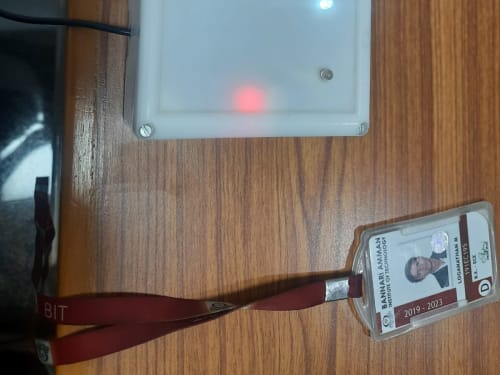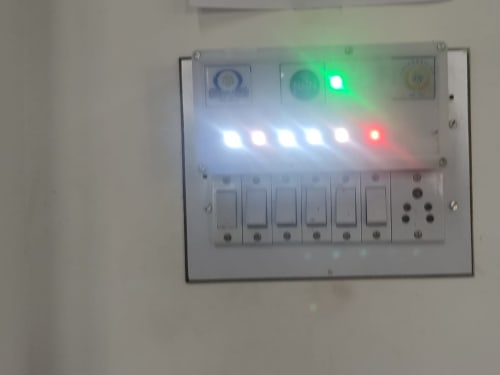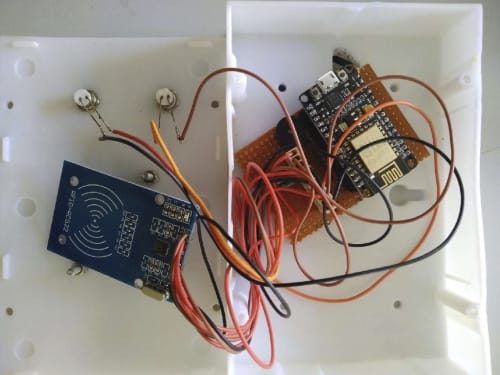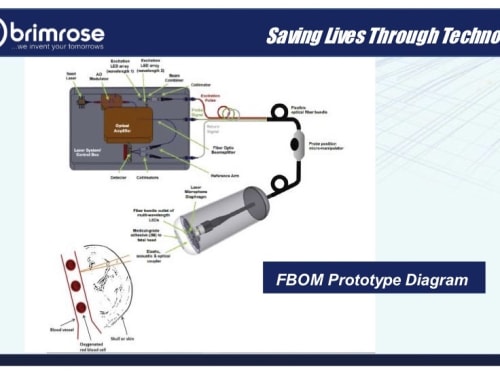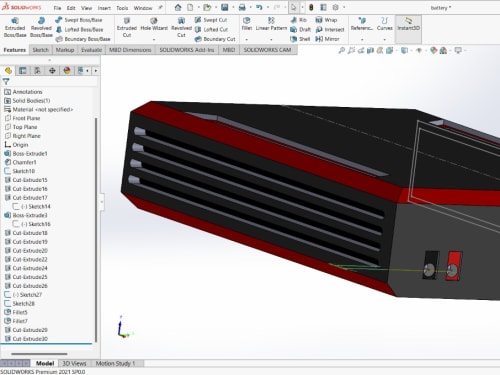The 2025 Contest is Now Open for Entries!
Submit your best new product ideas in any of seven categories for a chance at $25,000 USD and other great prizes. Here’s how to get started.
Help build a better tomorrow
Since Tech Briefs magazine launched the Create the Future Design contest in 2002 to recognize and reward engineering innovation, over 15,000 design ideas have been submitted by engineers, students, and entrepreneurs in more than 100 countries. Join the innovators who dared to dream big by entering your ideas today.
Read About All the 2024 Winning Inventions

Special Report spotlights the eight amazing winners in 2024 as well as honorable mentions in each category, plus the top ten most popular entries as voted by our community.
Click here to read moreA ‘Create the Future’ Winner Featured on ‘Here’s an Idea’
Spinal cord injury affects 17,000 Americans and 700,000 people worldwide each year. A research team at NeuroPair, Inc. won the Grand Prize in the 2023 Create the Future Design Contest for a revolutionary approach to spinal cord repair. In this Here’s an Idea podcast episode, Dr. Johannes Dapprich, NeuroPair’s CEO and founder, discusses their groundbreaking approach that addresses a critical need in the medical field, offering a fast and minimally invasive solution to a long-standing problem.
Listen nowThank you from our Sponsors
“At COMSOL, we are very excited to recognize innovators and their important work this year. We are grateful for the opportunity to support the Create the Future Design Contest, which is an excellent platform for designers to showcase their ideas and products in front of a worldwide audience. Best of luck to all participants!”
— Bernt Nilsson, Senior Vice President of Marketing, COMSOL, Inc.
“From our beginnings, Mouser has supported engineers, innovators and students. We are proud of our longstanding support for the Create the Future Design Contest and the many innovations it has inspired.”
— Kevin Hess, Senior Vice President of Marketing, Mouser Electronics
contest
Contest
We present the electrocar designed for both personal and commercial use. We consider it to be a commercially viable project as we have already built the prototype and successfully presented it at the local exhibitions and forums.
Evera is inspired by aesthetics of future, exclusive ergonomics and opportunity to feel as a professional racer.
The idea is to design an RFID ATTENDANCE SYSTEM for industries, colleges, and schools where a large group of people gather. The need for this device is brought up due its automated effectiveness. The normal attendance system is fully manual and it requires a lot of time to mark the attendance.
Sleeping eye pads and sleeping band for head that have integrated speakers, microphones, heart rate sensor and 3-axis G sensor.
Speakers could be connected with phone by bluetooth to lookup on your health when you sleep. Speakers have a few different modes:
relax music - for sleep
relax music - to get sleep,
A multifunctional soil testing device is used to increase the yield of agricultural goods. By analyzing the soil's subsistence, this device assists in reducing the amount of fertilizer used while increasing the yield of highly nutritious food crops. To recommend a crop for the field based on the mobility of the soil.
IOT BASED HOME AUTOMATION WITHOUT USING INTERNET
In this project we controlled our appliances without using the internet with the help of Wi-Fi module (ESP8266)
The problem HOME AUTOMATION WITHOUT USING INTERNET solves
In this project we have created home automation without using internet where the home appliances like fans, lights, etc. are controlled remotely with our local hotspot.
Designing a vehicle tracking system which can work effectively, accurately and reliably is emerging in many areas. Such a system commonly uses GPS technology to determine location of the vehicle. It can be used to track a vehicle or fleet of vehicles and get information related to the current location of the vehicles. In this project,
This device uses water and brushes to clean shoes. You place your shoe in the device and turn the water on and then move your shoe from front to back to clean the bottom and sides of the shoe. You can adjust the water to be more powerful and clean it faster and better.
Now is the time to build new infrastructure and transform the way we travel. Engineers are creating autonomous self-driving vehicles that could produce a transit service that is convenient and low-cost. Combine that with the emergence of electric vehicles of all types, and we have the makings of a new mode of green travel.
The Fetal Brain Oxygen Monitor is a medical diagnostic instrument that measures oxygen levels in the fetal brain during labor. The instrument is a photo-acoustic instrument that delivers data via lasers to and from the fetal brain using "laser microphone" technology. Signals can be read in real time using ultrasound and potentially cell phone devices.
It is a fact that in today’s world people are more frequently shifting their focus to battery-based appliances. As we all know, the battery life is limited, thus creating many problems in everyday life. Understanding the importance, we are now trying to implement a new type of charging system which converts electromagnetic (EM) waves into electricity.
Page 95 of 990


